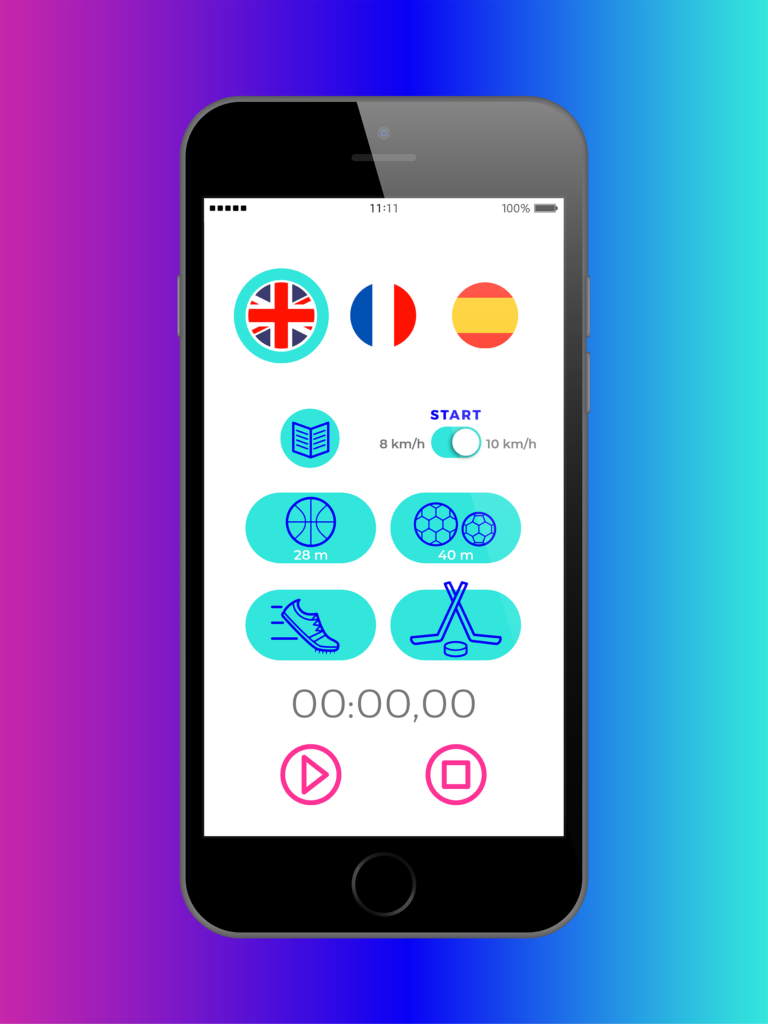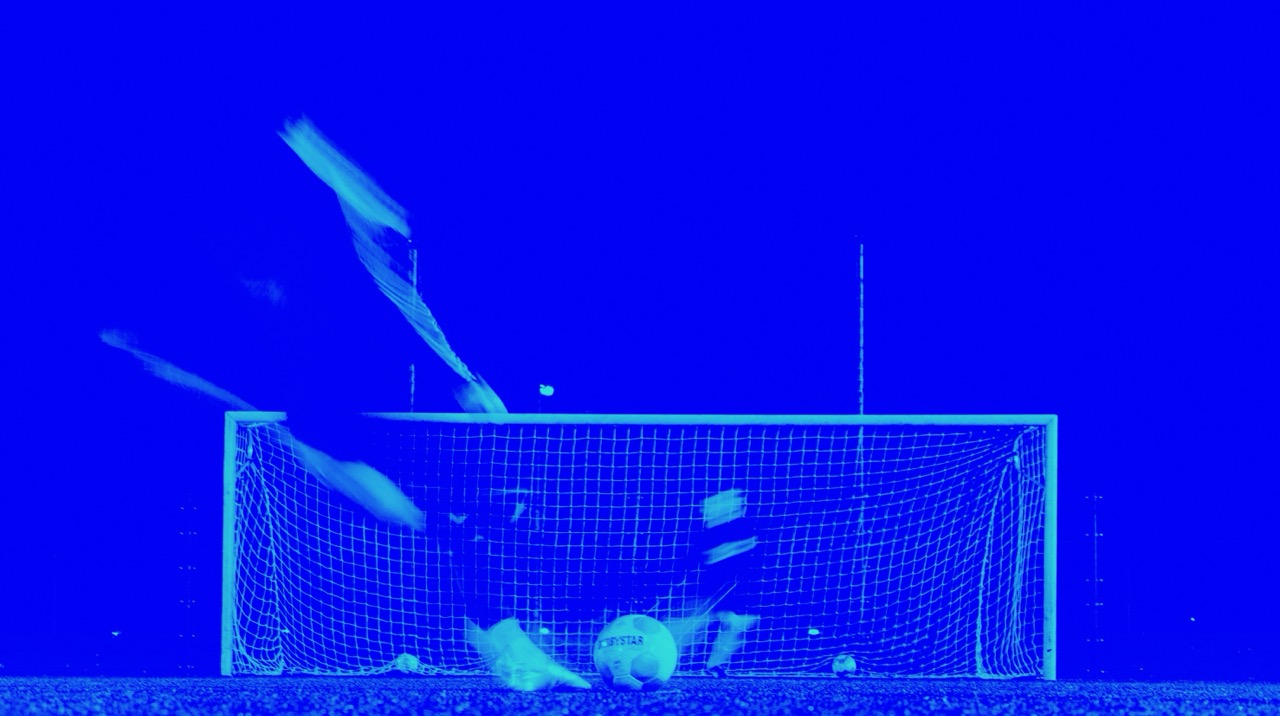30-15 Intermittent Fitness Test – The FREE App

It’s been about 20 years now that I’ve started working on that project. Research and more importantly its dissemination is a long and winding road, but I am super proud today to be able to offer this FREE App, which will likely make the test more accessible and way easier to administer. The natural prolongment of the 30-15IFT App project now is termed “HIIT science“, wich refers to a full package devoted to the understanding and the application of HIIT (high-intensity interval training) in all sorts of sports – with a book, an online course and a website as primary ressources! Check those out too !

Here are below 1) a video presenting both the history and the physiological and performance principles of the test, and 2) a short text taken the 10-year review of the test published in 2010.
Everything started during the summer of 1999. As a strength & conditioning (S&C) coach – and player – in a French Handball team in Strasbourg (performing at the 4th French level), I was at that time using the ‘Léger-Boucher’ track test (also known as the University of Montreal track Test (29)) to evaluate cardiovascular fitness of our players. I was also using the final velocity (VL-B) to individualize running distances during interval-training sessions (3, 24). For long intervals, that was fine. Each player having to cover a distance based on his own capacity, I still see us performing well at 85-90% of VL-B for 10-12 or even 15 min. Nevertheless, a little bit later during the preparatory phase, when we started to work at higher intensities in the indoor field (i.e., shuttle-runs at intensity above VL-B), things started to be different. Some players were struggling, while others were having an ‘easy’ time!? That surprised me, since I was still individualizing running distance based on each player’s capacity (i.e., 120% of VL-B)! In fact, in the team, all players have different athletic and anthropometric profiles: some were tall, some were short, some were quick, some were slow, and there were some blacks, some whites…. I then started to realize that the players’ responses to high-intensity intermittent exercise with changes of directions (COD) were clearly related to many factors others than these I was evaluating via the ‘Léger-Boucher’ track test (e.g., COD ability, inter-efforts recovery abilities, anaerobic capacity). I started to feel the need for a new field test, which could assess, in addition to maximal cardiorespiratory fitness, these additional factors. The idea of an intermittent incremental field test including COD, leading to higher maximal running speeds than the usual protocols, has just germinated.

It took me more than a year of readings, talks and trials to seal the actual 30-15IFT protocol [1]. On different surface, at different places, I have personally tried more than 30 different versions of the test, based on different increments, stages duration, recovery periods, etc! For many reasons detailed later in this document, I came up with the following formula: repeated 40-m shuttle-runs during 30 s, interspersed with 15 s of active (walking) recovery, and a speed increment of 0.5 km/h per stage. The 30-15IFT was ‘born’ in July 2000. Just on time for the start of the physical preparation period J. I have then the opportunity to prepare the audio track and to experiment the test with several teams around Strasbourg (e.g., handball talent centers, basketball, handball and football [soccer] clubs) before testing ‘officially’ the Young Women French National handball Team 85-86 in July 2002, and the SC Selestat Handball (1st league) in August 2003. The ‘scientific’ validation came only later, with the first draft of the manuscript now published in the ‘’The Journal of Strength & Conditioning Research’’ (JSCR) [1] finished in December 2004. The definitive version of the paper was finally accepted early in 2007, and published in December 2008! (hurrah for the publication delays). In the meantime, to save time, I have sent some of the data for publication in the French handball coaching journal, the ‘’Approches du hand’’ in 2005 [2-4].
Reference
- Buchheit, M., The 30-15 Intermittent Fitness Test: accuracy for individualizing interval training of young intermittent sport players. J Strength Cond Res, 2008. 22(2): p. 365-374.
- Buchheit, M., Illustration de la programmation du travail intermittent à partir de la vitesse atteinte à la fin du 30-15 Intermittent Fitness Test – 1ère partie. Approches du Handball, 2005. 88: p. 36-46.
- Buchheit, M., Illustration de la programmation du travail intermittent à partir de la vitesse atteinte à la fin du 30-15 Intermittent Fitness Test – 2éme partie. Approches du Handball, 2005. 89: p. 41-47.
- Buchheit, M., Le 30-15 Intermittent Fitness Test : un nouveau test de terrain spécialement dédié aux sport collectifs pour la détermination d’une vitesse de référence pour le travail intermittent. Approches du Handball, 2005. 87: p. 27-34.




